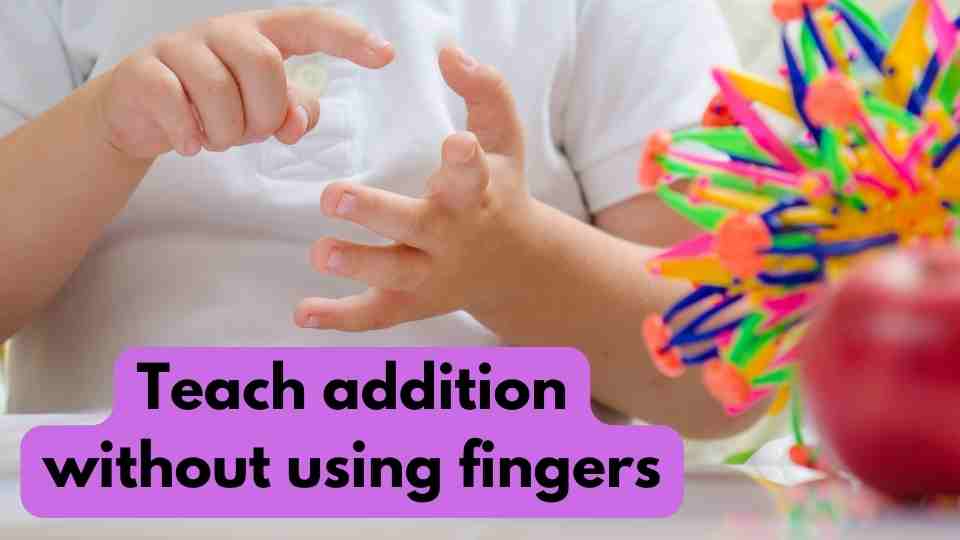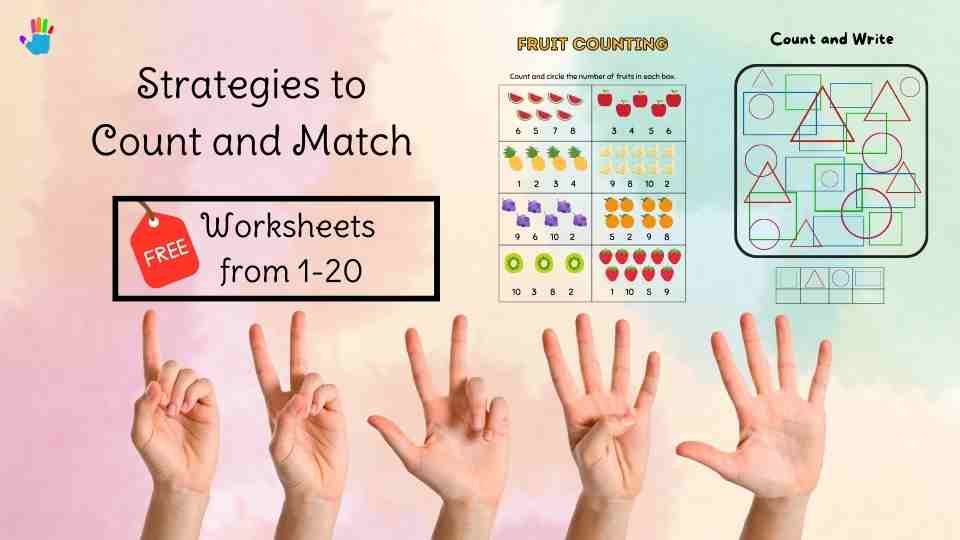3-Digit Addition with Regrouping: Mastering the Art of Adding Three-Digit Numbers
If you’ve ever encountered a math problem that involves adding three-digit numbers, you may have come across the concept of regrouping. Regrouping, also known as carrying, is an essential skill to master when performing 3-digit addition. In this article, we will delve into the intricacies of 3-digit addition with regrouping, providing you with a comprehensive understanding of the topic.
1. Introduction
Mathematics forms the foundation of problem-solving skills, and addition is a fundamental operation that we encounter in our everyday lives. 3-digit addition builds upon the basics of single-digit and double-digit addition, introducing an additional layer of complexity. By learning the art of regrouping, you will be equipped with the skills to tackle these more challenging math problems with confidence.
2. Understanding 3-Digit Addition
Before we dive into the details of regrouping, let’s first establish a solid understanding of 3-digit addition. When adding three-digit numbers, each digit holds a specific place value, such as hundreds, tens, and units. The goal is to add the numbers correctly, considering the place value of each digit.
3. Explaining Regrouping
Regrouping comes into play when the sum of digits in a particular place value exceeds 9. In such cases, regrouping allows us to carry the value to the next place value, ensuring accurate addition. This process is essential to maintain the integrity of the calculation and obtain the correct sum.
4. Step-by-Step Process for 3-Digit Addition with Regrouping
To perform 3-digit addition with regrouping, follow these steps:
- Start by aligning the numbers vertically, ensuring that the digits with the same place value are in the same column.
- Begin adding the digits from right to left, starting with the units place.
- If the sum of the digits in a column is less than 10, write the sum in the corresponding column of the answer.
- If the sum exceeds 9, regroup by carrying the tens digit to the next column and write the ones digit in the current column.
- Continue this process for each column, working from right to left.
- Finally, write the complete sum, including any regrouped digits, as the answer.
5. Download 10 printable worksheets
Kindly Allow Pop ups to let the Download Begin!
6. Tips for Successful Regrouping
Regrouping can sometimes be challenging, but with practice and the right approach, you can master it. Here are some tips to help you succeed in regrouping during 3-digit addition:
- Understand the place value system: Develop a clear understanding of the value each digit holds based on its position in a number. This will make regrouping easier to grasp.
- Take it step by step: Follow the step-by-step process outlined earlier, starting from the units place and moving towards the left. This systematic approach will minimize errors.
- Practice mental math: Enhance your mental math skills by visualizing the regrouping process. This will enable you to perform addition more efficiently and accurately.
7. Common Mistakes to Avoid
When learning 3-digit addition with regrouping, it’s common to make mistakes. Here are a few common errors to watch out for and avoid:
- Forgetting to carry over: Failing to carry over the regrouped digit to the next place value can lead to incorrect results. Always double-check your calculations.
- Incorrect alignment: Make sure the digits are properly aligned when performing vertical addition. A misalignment can cause confusion and errors.
Overlooking regrouping opportunities: Sometimesit’s easy to overlook opportunities for regrouping. Pay close attention to the sum of digits in each column and identify when regrouping is necessary.
Check this website to download more worksheets.
8. Practice Exercises
To strengthen your skills in 3-digit addition with regrouping, it’s crucial to practice regularly. Here are a few exercises for you to try:
- 349 + 267 =
- 532 + 486 =
- 721 + 389 =
- 845 + 537 =
- 623 + 791 =
Solve each problem step by step, applying the regrouping technique where necessary. Practice will help you gain confidence and speed in performing these calculations.
9. Advantages of Learning 3-Digit Addition with Regrouping
Mastering 3-digit addition with regrouping offers several advantages:
- Enhanced problem-solving skills: Learning regrouping expands your ability to solve more complex mathematical problems, laying a strong foundation for future math concepts.
- Real-world applications: Many real-life situations require adding three-digit numbers. Having the skills to perform this operation accurately allows you to handle everyday tasks with ease.
- Improved critical thinking: Regrouping requires analytical thinking and the ability to break down numbers into their place values, fostering logical reasoning and critical thinking abilities.
10. Applications of 3-Digit Addition with Regrouping
The skill of adding three-digit numbers with regrouping finds practical applications in various fields, including:
- Finances: Calculating expenses, income, and budgeting often involves adding three-digit numbers, especially when dealing with larger sums of money.
- Data analysis: Analyzing data sets may require summing up values that exceed two digits. The ability to add three-digit numbers accurately is crucial in such scenarios.
- Measurements and conversions: In fields like engineering, architecture, and sciences, adding measurements or converting units often involves three-digit numbers.
By honing your 3-digit addition skills, you’ll be better equipped to tackle challenges in these areas and more.
11. Conclusion
Mastering the art of 3-digit addition with regrouping opens up a world of mathematical possibilities. By understanding the process, practicing diligently, and avoiding common mistakes, you can confidently add three-digit numbers with ease. Embrace the challenge, develop your skills, and enjoy the satisfaction of solving complex math problems.
Frequently Asked Questions
FAQ 1: What is the purpose of regrouping in 3-digit addition?
Regrouping in 3-digit addition allows us to accurately add numbers when the sum of digits in a particular place value exceeds 9. It ensures the correct calculation and prevents errors.
FAQ 2: Are there any alternative methods to regrouping?
Yes, alternative methods such as the base-10 block model or the expanded form method can be used to visualize and solve 3-digit addition problems. However, regrouping is a widely taught and efficient method.
FAQ 3: How can I practice 3-digit addition with regrouping?
You can practice 3-digit addition with regrouping by using worksheets, online math resources, or creating your own problems. Start with simpler examples and gradually increase the complexity as you gain confidence.
FAQ 4: Can you provide more examples of 3-digit addition with regrouping?
Certainly! Here are a few more examples:
- 436 + 298 =
- 567 + 387 =
- 842 + 276 =
- 921 + 634 =
- 753 + 499 =
Remember to follow the step-by-step process of regrouping to find the correct answers.
**FAQ 5: Why is 3-digit addition with regrouping an important skill to develop?
Learning 3-digit addition with regrouping is essential for several reasons. Firstly, it builds a strong foundation for advanced math concepts and problem-solving skills. As you progress in your mathematical journey, you will encounter more complex operations that require a solid understanding of regrouping.
Secondly, mastering 3-digit addition with regrouping has practical applications in everyday life. Whether you’re calculating expenses, managing budgets, or working with measurements, the ability to add three-digit numbers accurately will prove invaluable.
Furthermore, developing proficiency in regrouping enhances critical thinking and logical reasoning. It trains your mind to break down numbers into their place values and analyze patterns, fostering a deeper understanding of mathematical concepts.
In conclusion, learning 3-digit addition with regrouping is not only a mathematical skill but also a valuable tool for problem-solving, real-world applications, and cognitive development. Embrace the challenge, practice diligently, and unlock the power of regrouping in your mathematical endeavors.





